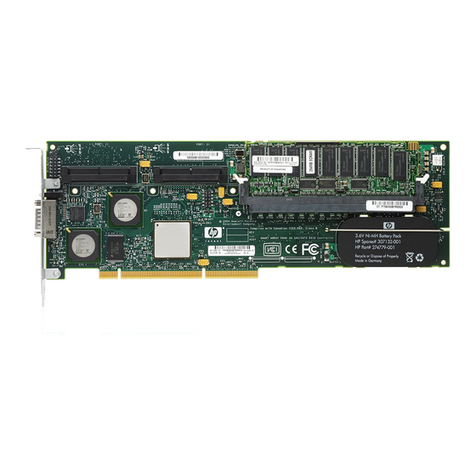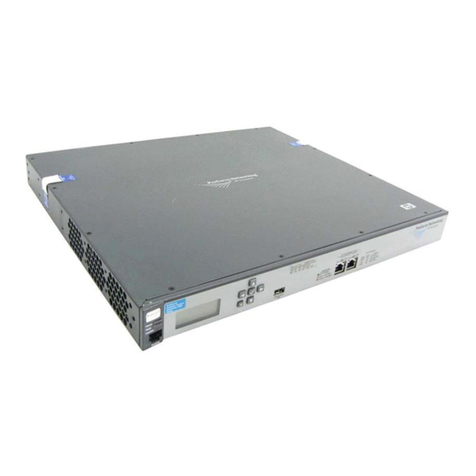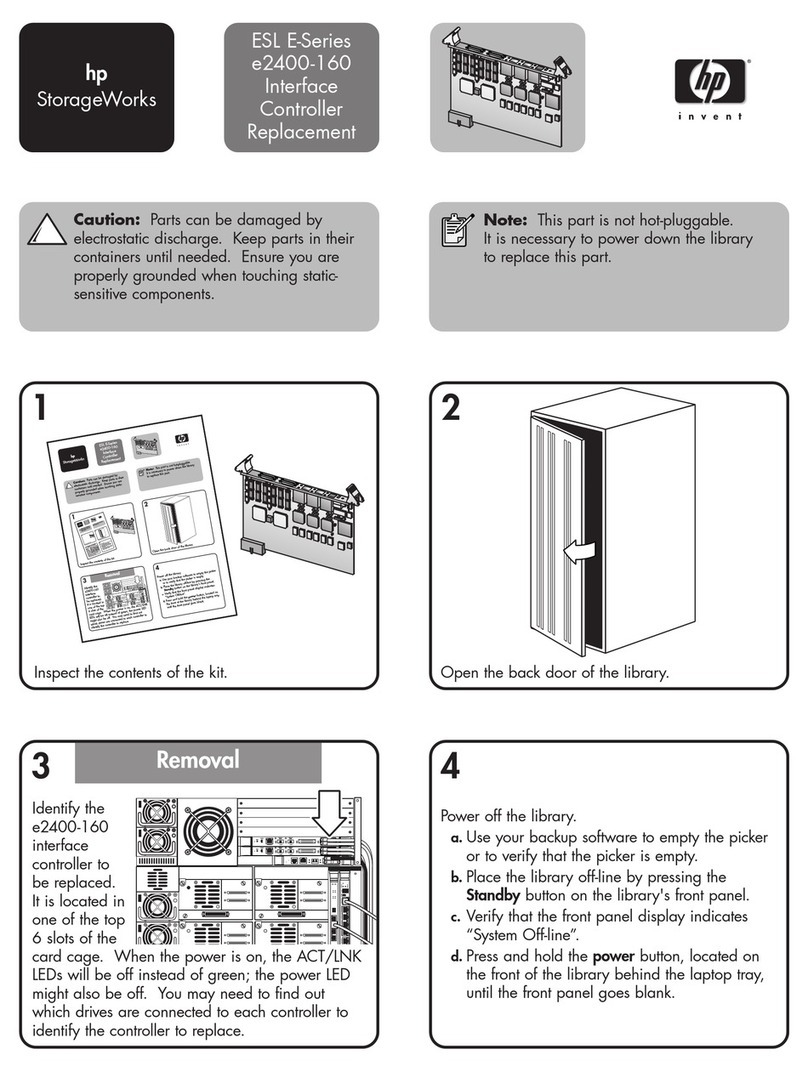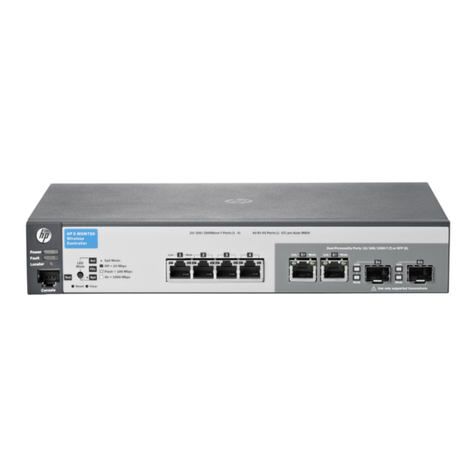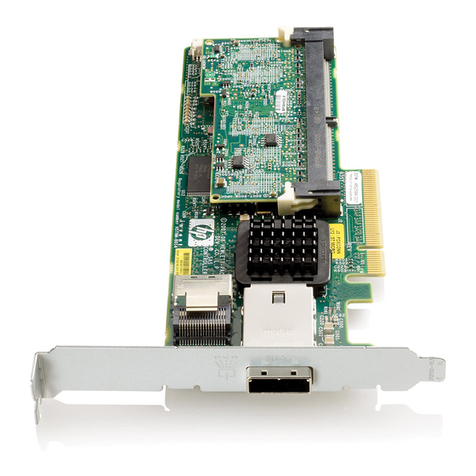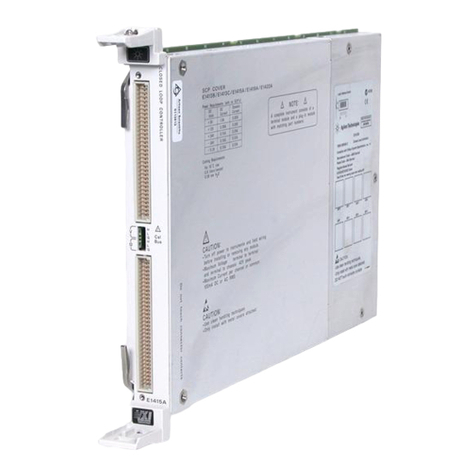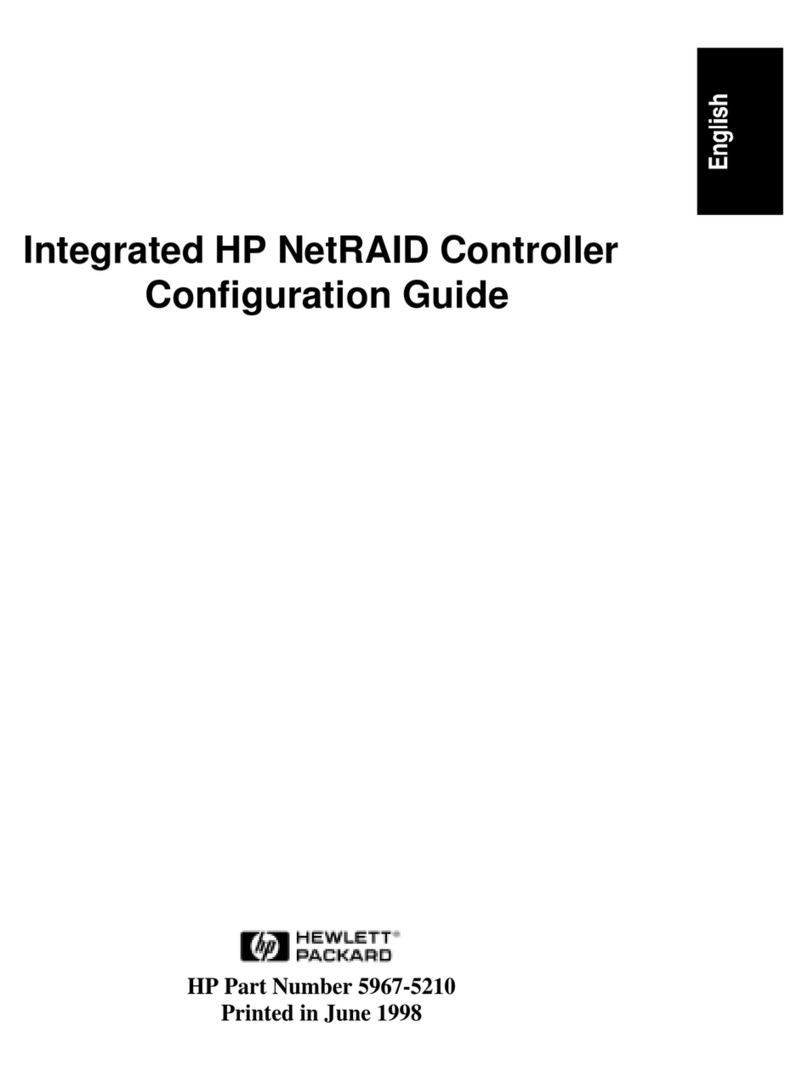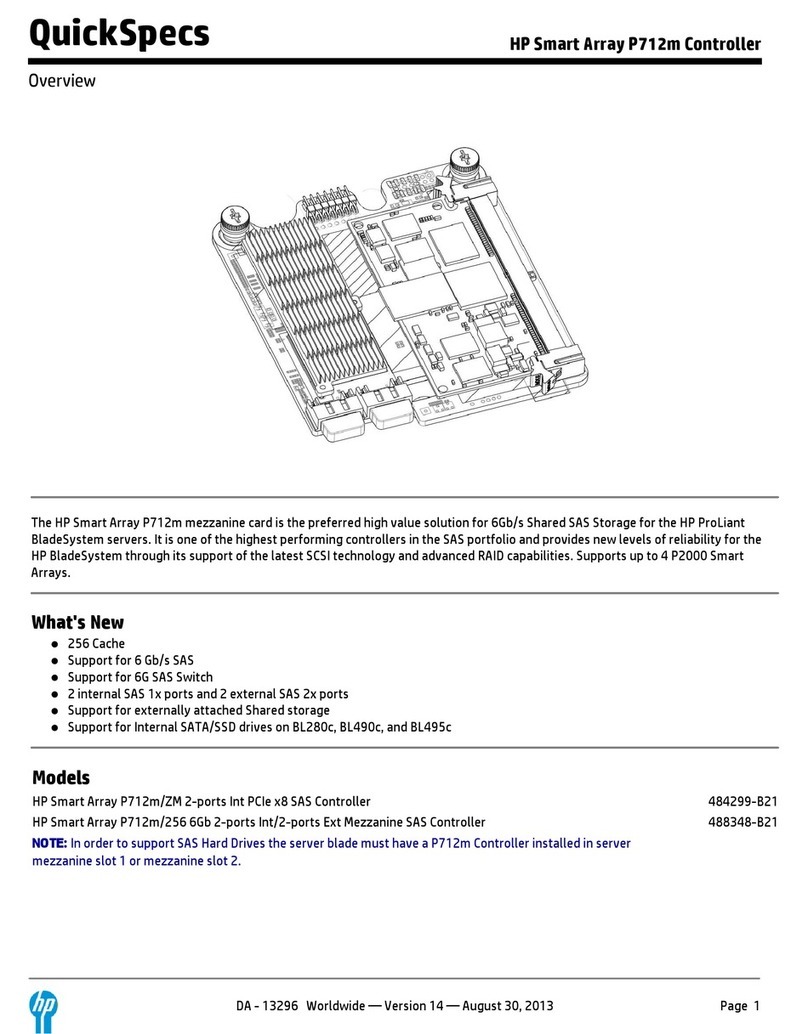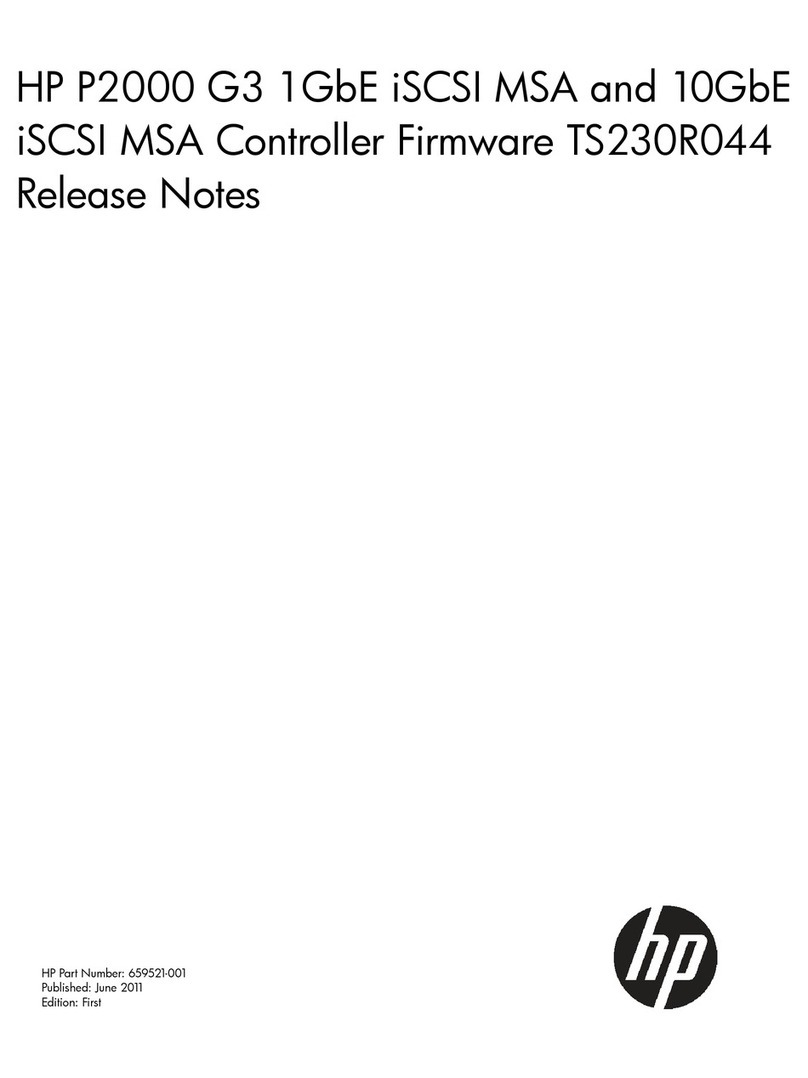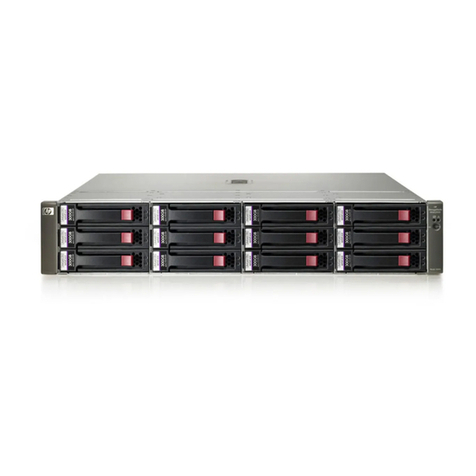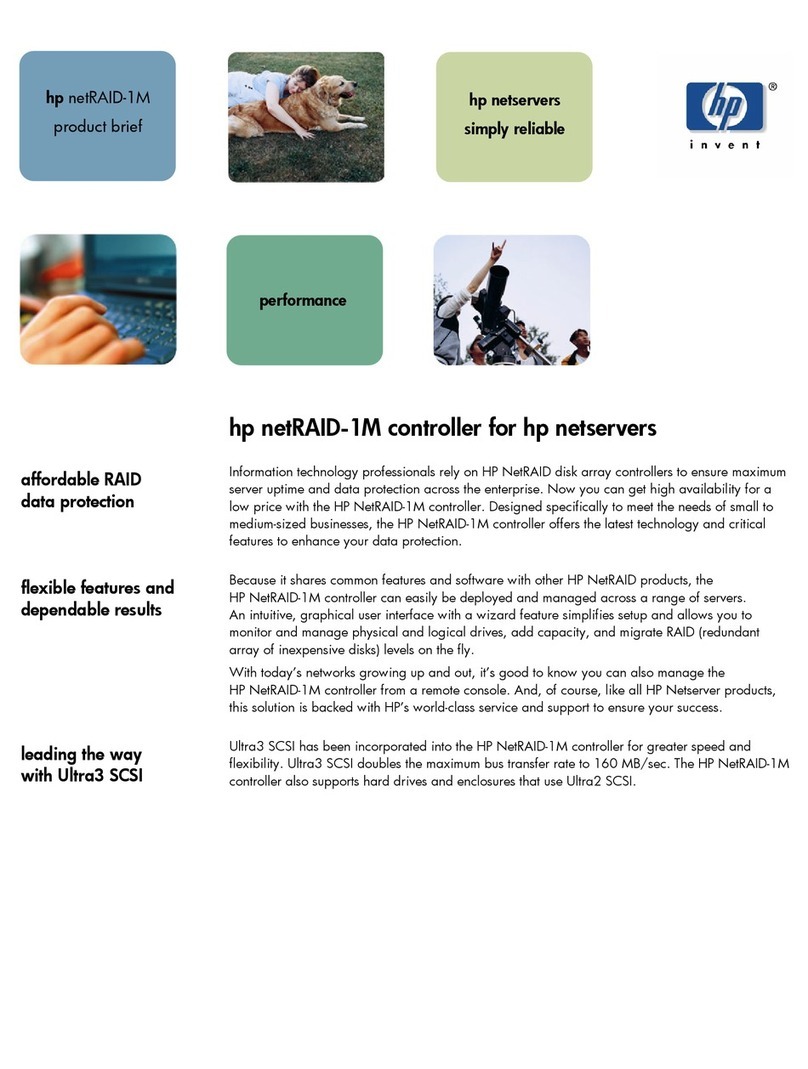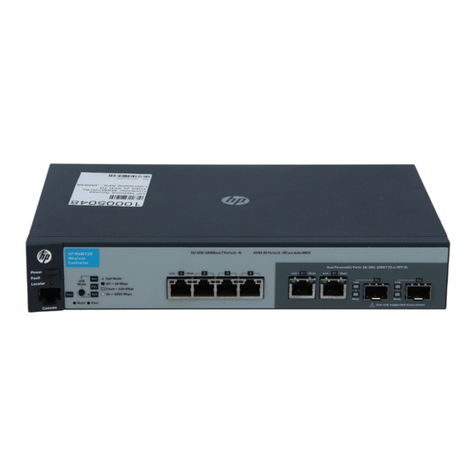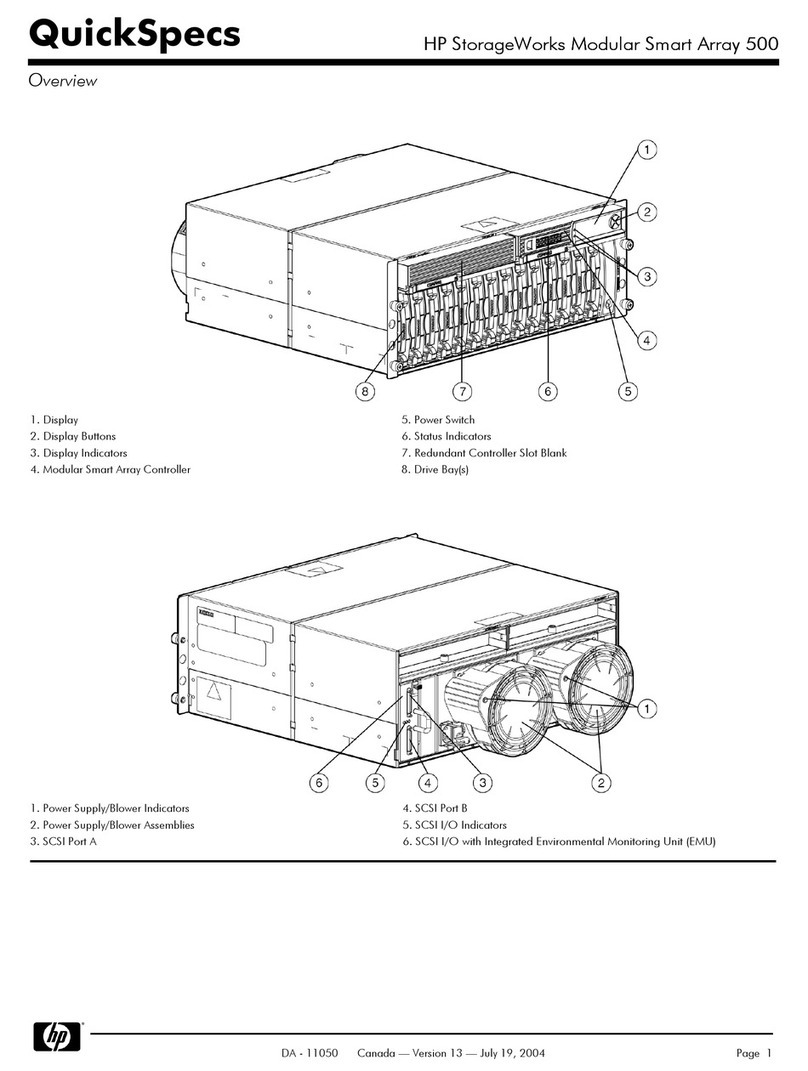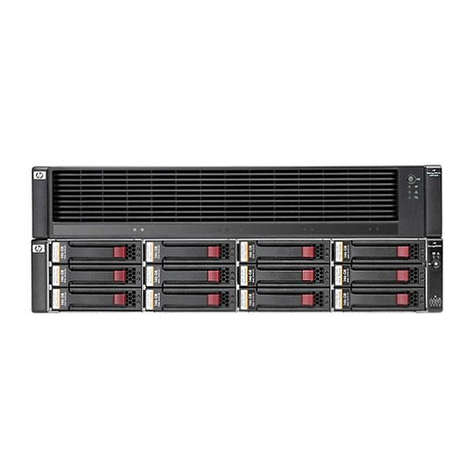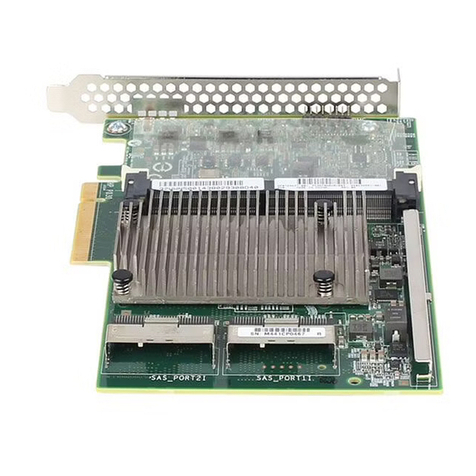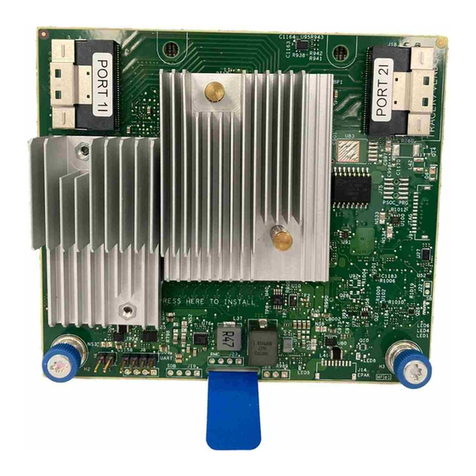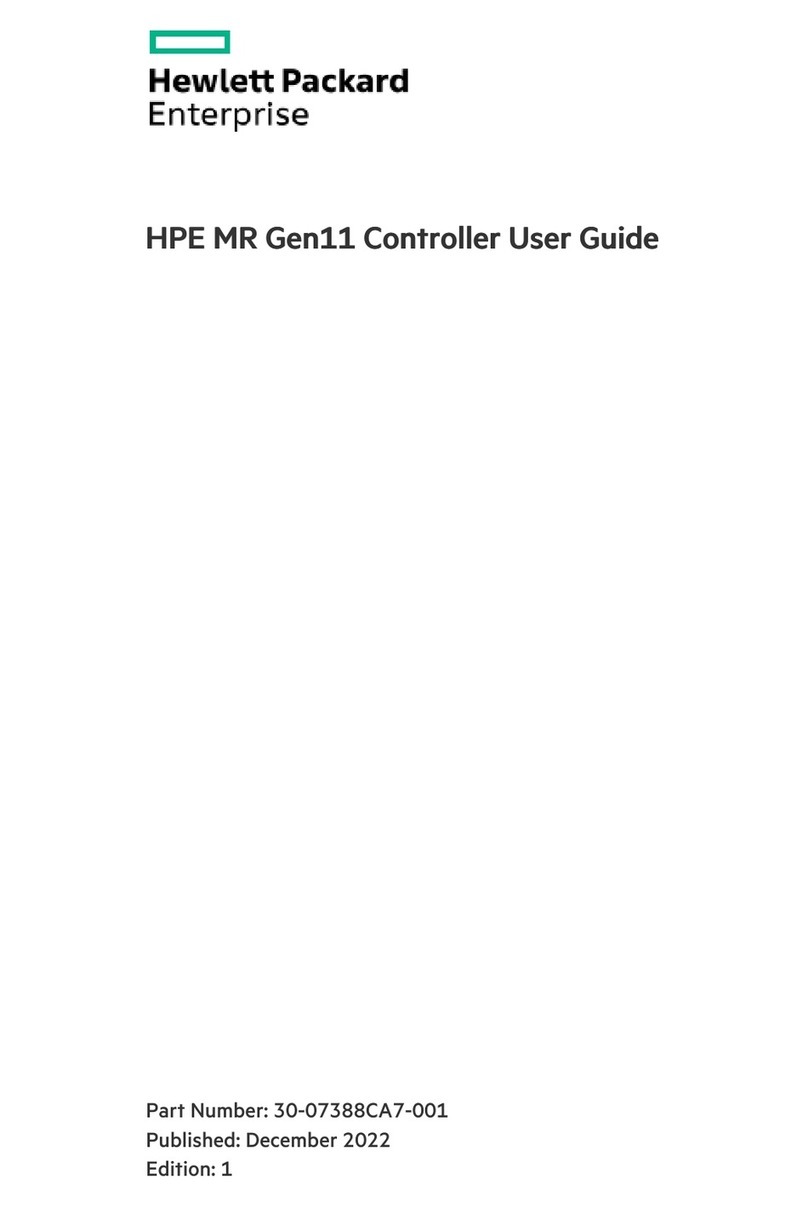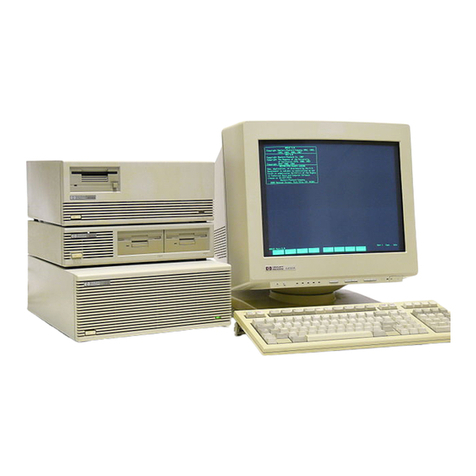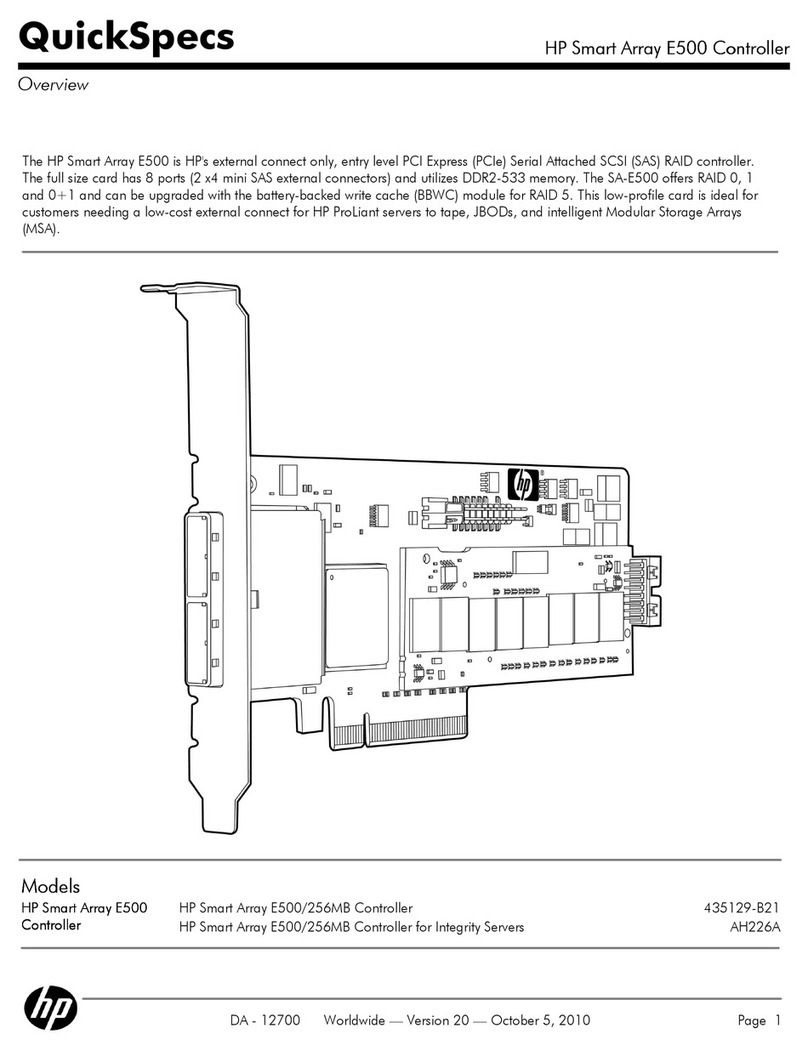
© 2004 Hewlett-Packard Development Company, L.P.
Linux is a registered trademark of Linus Torvalds in several countries. UNIX is a trademark of The Open Group in the United
States and other countries. All other product names mentioned herein may be trademarks of their respective companies.
HP shall not be liable for technical or editorial errors or omissions contained herein. The information in this document is
provided “as is” without warranty of any kind and is subject to change without notice. The warranties for HP products are set
forth in the express limited warranty statements accompanying such products. Nothing herein should be construed as
constituting an additional warranty.
FCC Notice
Part 15 of the Federal Communications Commission (FCC) Rules and Regulations has established Radio Frequency (RF)
emission limits to provide an interference-free radio frequency spectrum. Many electronic devices, including computers,
generate RF energy incidental to their intended function and are, therefore, covered by these rules. These rules place computers
and related peripheral devices into two classes, A and B, depending upon their intended installation. Class A devices are those
that may reasonably be expected to be installed in a business or commercial environment. Class B devices are those that may
reasonably be expected to be installed in a residential environment (i.e., personal computers). The FCC requires devices in both
classes to bear a label indicating the interference potential of the device as well as additional operating instructions for the user.
FCC Rating Label
The rating label on the device shows which class (A or B) of the equipment. Class B devices have an FCC ID on the label.
Class A devices do not have an FCC ID on the label. After you determined the class of the device, refer to the following
corresponding statement.
Class A Equipment
This equipment has been tested and found to comply with the limits for a Class A digital device, pursuant to Part 15 of the FCC
rules. These limits are designed to provide reasonable protection against harmful interference when the equipment is operated in
a commercial environment. This equipment generates, uses, and can radiate radio frequency energy and, if not installed and
used in accordance with the instructions, may cause harmful interference to radio communications. Operation of this equipment
in a residential area is likely to cause harmful interference, in which case the user will be required to correct the interference at
personal expense.
Class B Equipment
This equipment has been tested and found to comply with the limits for a Class B digital device, pursuant to Part 15 of the FCC
Rules. These limits are designed to provide reasonable protection against harmful interference in a residential installation. This
equipment generates, uses, and can radiate radio frequency energy and, if not installed and used in accordance with the
instructions, may cause harmful interference to radio communications. However, there is no guarantee that interference will not
occur in a particular installation. If this equipment does cause harmful interference to radio or television reception, which can
be determined by turning the equipment off and on, the user is encouraged to try to correct the interference by one or more of
the following measures:
•Reorient or relocate the receiving antenna.
•Increase the separation between the equipment and receiver.
•Connect the equipment into an outlet on a circuit different from that to which the receiver is
connected.
•Consult the dealer or an experienced radio or television technician for help.
Declaration of Conformity for products marked with the FCC logo – United States only
This device complies with Part 15 of the FCC rules. Operation is subject to the following two conditions: (1) This device may
not cause harmful interference, and (2) this device must accept any interference received, including interference that may cause
undesired operation.
For questions regarding your product, contact:
